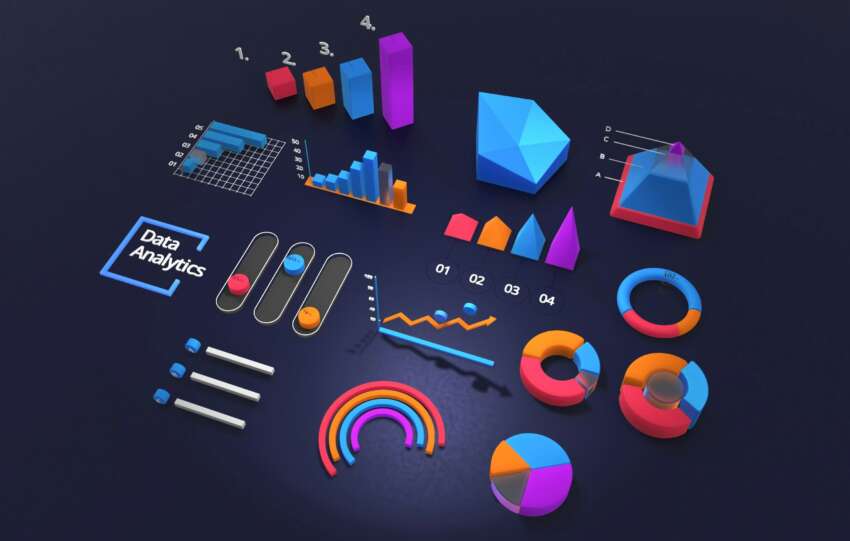In a world teeming with overengineered platforms and bloated marketing funnels, a micro SaaS founder quietly flipped a simple template page into a high-converting sales funnel—solo, without venture capital, and without writing a single line of code. This is the micro SaaS case study of a modern side hustler who weaponized clarity, minimalism, and smart automation to build a one-person funnel that punches far above its weight.
For many digital entrepreneurs, launching a software product feels like climbing Everest. From building a scalable backend to designing pixel-perfect interfaces, and then building awareness—it can feel like a never-ending to-do list. But what if there was a simpler path? What if all you needed was a niche pain point, an off-the-shelf template, and some savvy positioning?
The Origin Story: How a Side Hustler Found a Niche
Meet Jaden—a full-time UX designer who turned a side hustle into a profitable solo venture in less than six months. He noticed a recurring pain point while freelancing: small marketing agencies struggled with tracking and reporting Google Ads performance for clients. Most found Google’s native dashboard too cluttered, while tools like Supermetrics were too expensive.
That’s when inspiration struck. Instead of building a massive SaaS platform, Jaden created a narrow, focused solution: a micro SaaS that delivered clean, automated weekly PDF reports pulled from Google Ads. The name? AdReportly. It would be a no-frills, plug-and-play tool targeting agency owners with small client rosters.
Why This is a Standout Micro SaaS Case Study
What makes this story noteworthy is not just the niche focus, but how quickly Jaden went from idea to monetization—without coding, without an agency, and without a team. His weapon of choice? A modified landing page template from Carrd, a Stripe account, and a Zapier workflow.
“I didn’t want to build a startup. I wanted to build an asset that earned while I slept. I wanted one person, one product, one funnel.”
Jaden Cole
This micro SaaS case study demonstrates how low-code tools and a high-focus mindset can dramatically reduce time-to-launch. Jaden didn’t even create a multi-page website. His funnel was a single landing page with a product video, pricing section, testimonials, and a big CTA: “Start Your 7-Day Trial.”
Step-by-Step: The One-Person Funnel Blueprint
If you’re intrigued by this approach, let’s break down the exact funnel Jaden used, so you can replicate it or adapt it for your own micro SaaS product.
1. Identify a Painkiller (Not a Vitamin)
Jaden validated his idea through cold outreach. He emailed 30 agency owners from IndieHackers and Twitter, asking if automated ad reporting was a priority. Over 60% replied positively. This early validation was key. He didn’t ask, “Would you use this?” Instead, he framed it around workflow bottlenecks and client retention pain points.
2. Build an MVP with No Code Tools
Jaden’s tech stack was lean:
- Landing Page: Carrd (with Stripe integration)
- Onboarding: Typeform to capture Google Ads credentials
- Automation: Zapier to connect Google Ads API to Google Docs, then convert to PDF
- Email Delivery: MailerLite to automate PDF dispatch
The first 10 users paid $12/month for early access. Within 10 weeks, Jaden had 78 active users.
3. Launch with One Conversion Goal
Instead of a typical homepage, Jaden’s site was a landing page laser-focused on conversion. He applied three conversion-focused elements:
- Explainer video (60 seconds)
- Rotating testimonials (“I save 3 hours every week!”)
- Price transparency: $12/month, no upsells
The CTA was repeated three times throughout the page. No menu bar. No distractions.
Unlock Must-Read Content
Get the best stories in your inbox!
Growth Through Automation, Not Headcount
After month three, Jaden layered in automated onboarding. New users got an email drip sequence explaining setup, reporting tips, and usage stats. He also used Fathom Analytics for privacy-first tracking, ensuring GDPR compliance.
Customer support? A Notion knowledge base linked at the bottom of the page. For edge cases, users could submit a ticket via Tally.so, which was linked to Jaden’s Slack through Make.com (formerly Integromat).
“The goal wasn’t to scale a team. The goal was to scale outcomes. Automation let me keep my weekends.”
Jaden Cole
Lessons for Future Founders
This micro SaaS case study offers powerful lessons for aspiring founders, especially those juggling jobs or other responsibilities. The key takeaways:
- Go small and deep, not wide: Find underserved niches with money and urgency.
- Build the funnel before the product: Validate conversion with mockups and test pricing early.
- One landing page is enough: Design for clarity and conversion, not complexity.
- Automate everything you can: Support, billing, onboarding—all should run without you.
Too many founders chase scale prematurely. Jaden’s story proves there’s another path—one focused on sustainable revenue, lifestyle freedom, and customer value.
Final Thoughts: The Rise of One-Person Funnels
As no-code and low-code tools mature, we’ll see more stories like Jaden’s. This isn’t just a micro SaaS case study. It’s a glimpse into a new kind of entrepreneurship—lean, agile, and centered around delivering value with precision.
If you’re dreaming of building a micro SaaS, take this as your signal: you don’t need a huge team, VC funding, or years of development. All you need is a validated problem, a scrappy mindset, and the willingness to execute with focus.
So go ahead. Launch that one-page site. Start that one-person funnel. You might just find yourself in the next breakout micro SaaS case study.


